
Review by Gerhard Clausing •
This photobook presents quite a challenge, and I found it also deeply touching in many ways, having spent several weeks with it … and I am not done yet, by far. So many discoveries …
Helga Härenstam came upon a nearly 300-year-old poem, James Thomson’s The Seasons. That work, popular for over a hundred years after the author’s death (we should all be so lucky), on the surface is about times of the year and landscapes, but it also contains many poignant observations, reflections, and visions, subject to multiple interpretations. Difficult to interpret in our time, that text nevertheless affected Härenstam and inspired her to translate, reinterpret, abstract from the poem, recombine portions, and then create images for us to contemplate, with a view toward applicability to our own life experiences. Sometimes an old text can inspire surprising new creativity, and also involve us, the readers and viewers, in significant ways.
The images and words (and the ethereal music composed by Justin Dean Thomas, playable via a module integral to the special edition, as if from another time, yet modern) seem all about the BIG PICTURE, nothing less than to pose the one BIG question: Why are we here and what does it all mean? The many stimuli ask us to consider moments gone by as well as those that are yet to come. I will pick out some representative examples from this project; check out the rest of the book for many more.
The words and images seem intentionally inexact, and some pose enigmas, mysterious to the utmost, and thus are subject to multiple personal interpretations. From the many examples, one quote: “Show me the movements, the periods and the laws of the giant blue. A beauty that may be stupid in the heart. Or else I’ll fly several years from you.“ As with all literary enigmas, ambiguity can be the mother (and father) of individual creativity. We see some elements floating in the air in a seascape, followed by a double page featuring two individuals in water, not recognizable because of intentional overexposure, with the female showing a dismissive gesture. This allows us to project into the images – is that us in some situation we encountered before, in which we faced uncertainty or even rejection? The overall feeling we get is that our lives may be full of trials and tribulations, with some occasional moments of success if we keep trying.
Another example is her recurring theme of skeletons, which represent cessation to some. We see a woman hugging that metaphor of finality, showing love toward the symbol which is otherwise primarily feared as an end, as customary in our predominant cultural interpretation. In combination with the verbal metaphors, this permits a revision of some of those hackneyed stereotypes. Maybe death is not final, but rather part of the big continuity. It can also be seen as representing revered generations that came before us, as is customary in Day of the Dead celebrations, and our joining that continuity when our time comes. That double page in this photobook reminded me of a painting by Barbara Rivera that I saw last month at the Borrego Art Institute, in which a skeleton hugs a child, in a gesture of reassurance, as if to say, “I will guard you until your time comes.” Härenstam presents a mother comforting a child in the diptych companion image (see below).
And is that effigy-puppet with runic writing on the chest, reminding us of life and culture many, many centuries ago, astonished at what it can witness today? Is there still a different form of voodoo going on? Are the seasons still performing environmentally as they did when Thomson was around? What all has happened in all that time that merits or even demands howling? What can the young lady juxtaposed on that same double page still be sure of today? And what about tomorrow? What creatures crawling and emerging from nether regions will we need to defend against? Will there be a chance to find some good fortune in all of that confusion and to resist following wolves in sheeps’ clothing? Reality and surrealism shake hands in Härenstam’s photography.
I especially value projects that connect metaphorically to our understanding of life, in ways that let us reexamine what we are all about and that lead us toward more options. Among others, I have reviewed the work of Eidinger, Volk, and Kydonakis (an interesting mix of artists from Germany, Italy, and Greece), who also connect us to cultural ephemera and the past through their observations about our present, with a view toward future issues; they have all touched us in different ways. I recommend Härenstam’s latest book as one that further expands the horizon of photobooks and their meanings by causing us to think as well as to respond with our hearts.
____________
Gerhard Clausing, Associate Editor of the PhotoBook Journal, is an author and photographer from Southern California.
____________
Helga Härenstam – Ylandet & Människan / Howling & Humans
Photographer: Helga Härenstam (born in Segerstabyn, Värmland, Sweden; lives in Gothenburg, Sweden)
Publisher: Journal (Stockholm, Sweden); © 2021
Texts: Helga Härenstam (inspired by James Thomson)
Languages: Swedish and English
Hardcover, illustrated; 92 pages, unpaginated, with 71 color images; 18.5 x 22.5 cm (7.3 x 8.9 inches); printed by Narayana Press (Denmark) and bound by Buchbinderei S.R. Büge (Germany); ISBN 978-91-87939-59-4
First edition of 300; special edition of 30 with rechargeable sound module: Instrumental “Standing In the Door” by Justin Dean Thomas
Design: Helga Härenstam and Gösta Flemming
____________

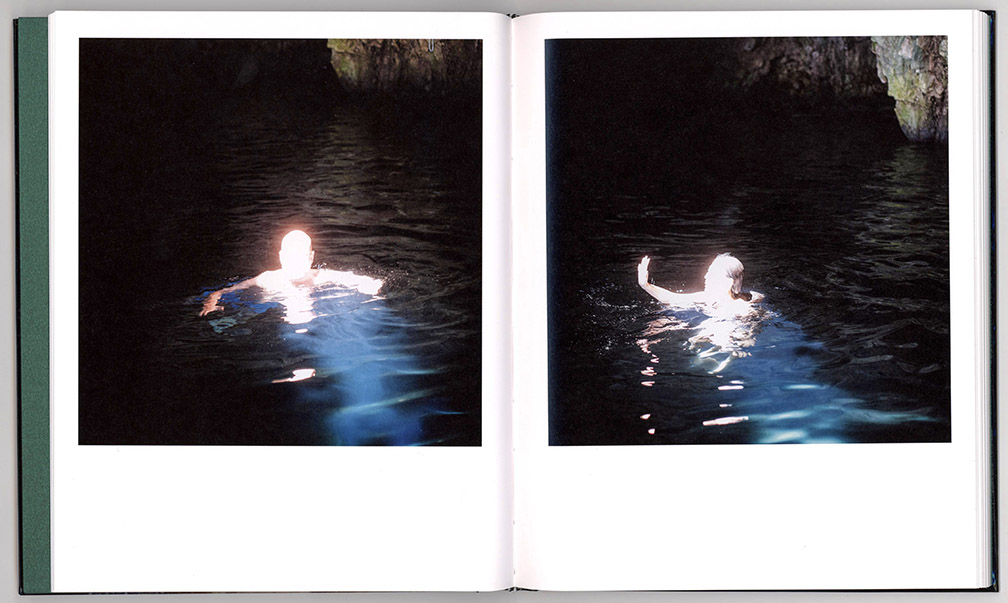
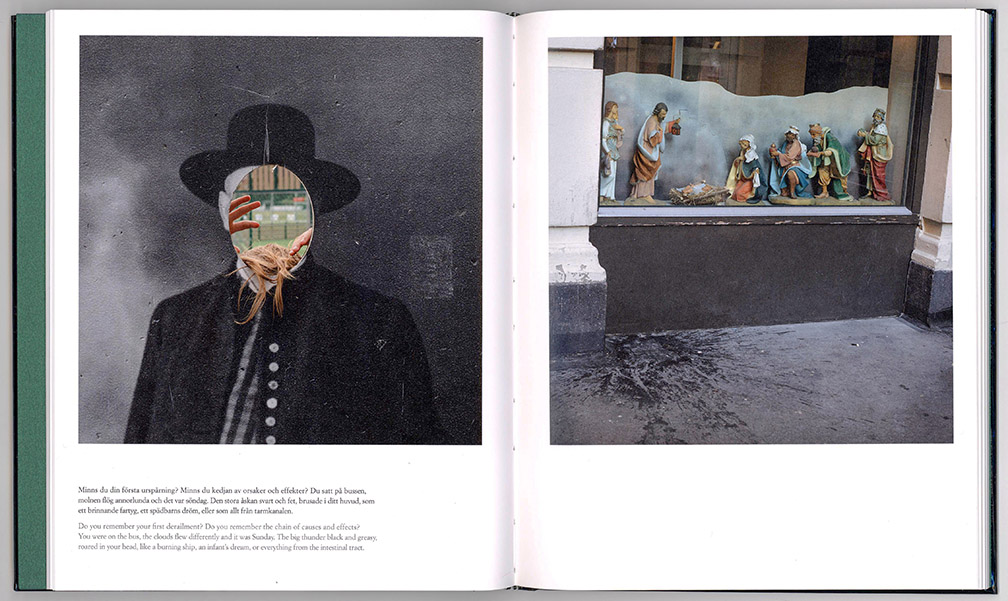

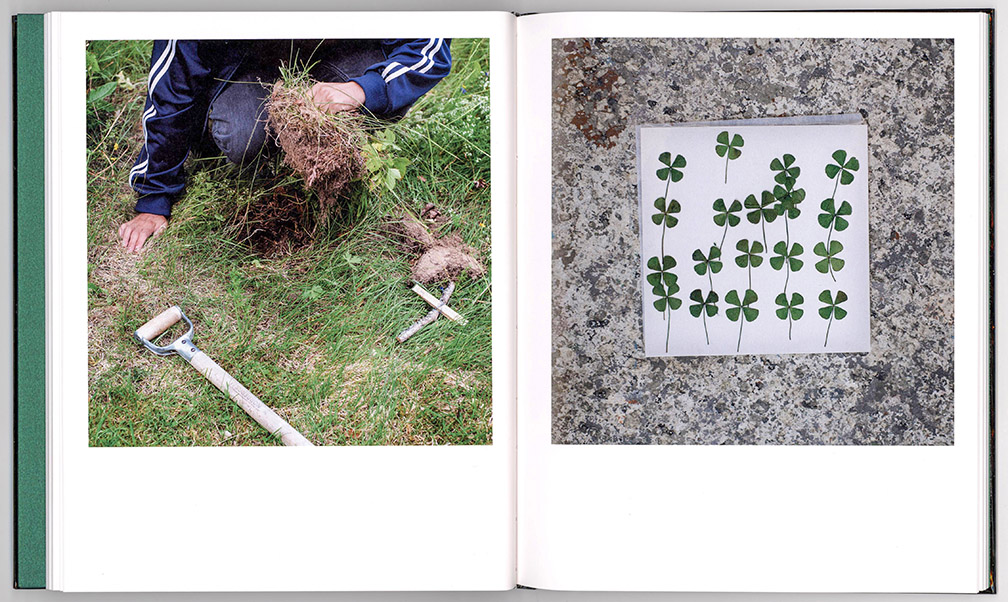
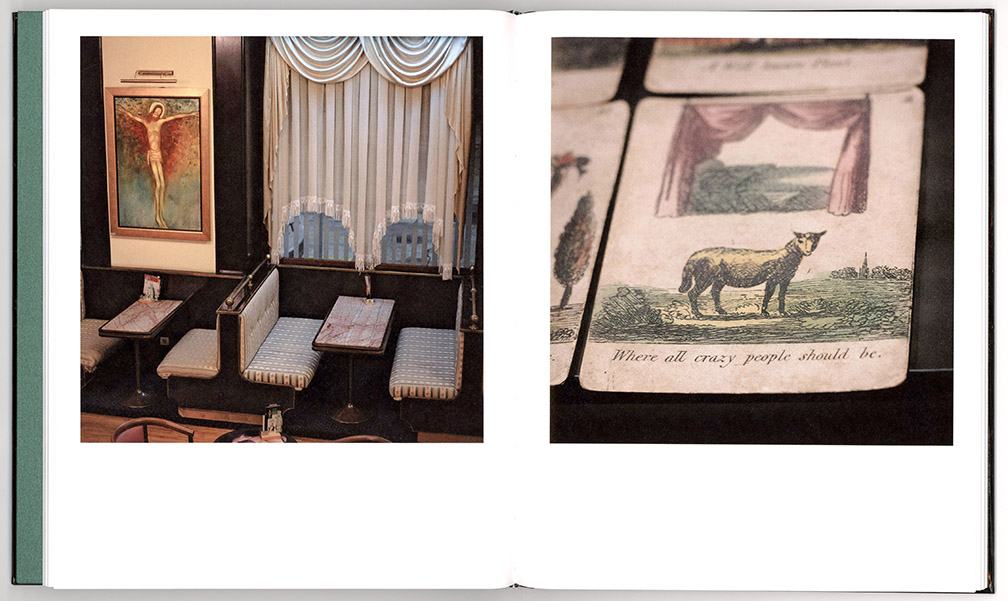

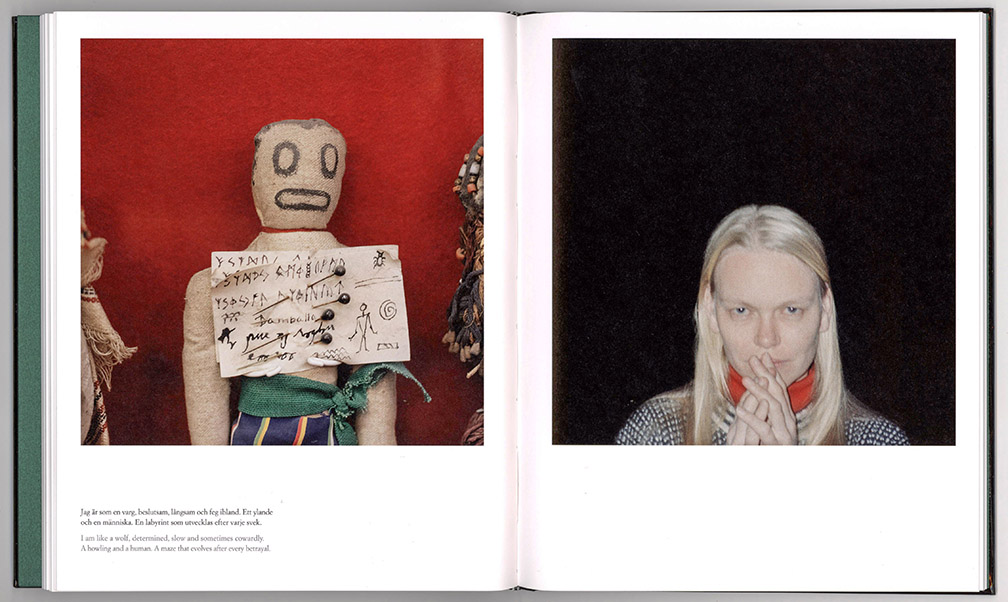

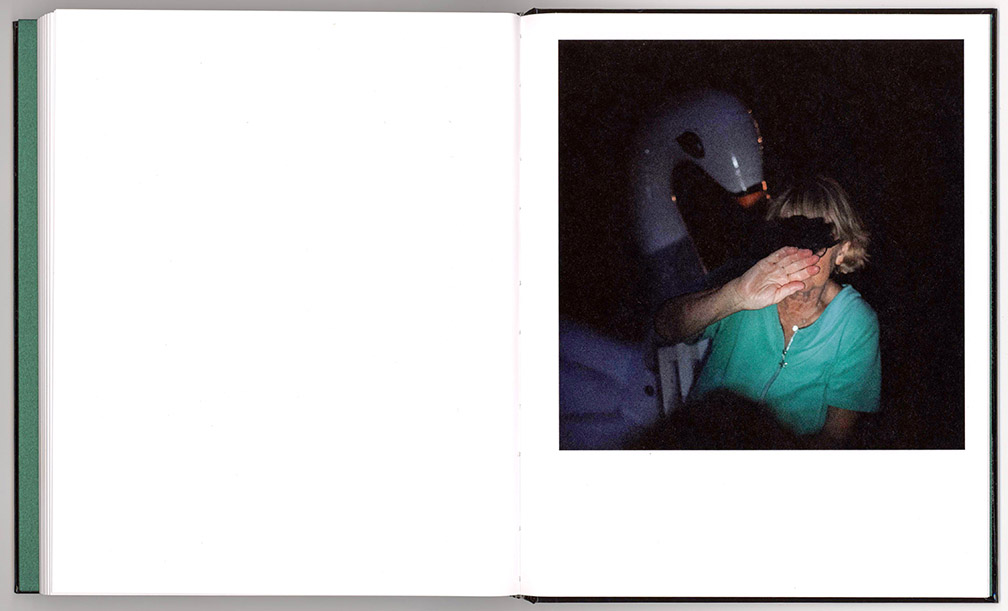
Articles and photographs published in the PhotoBook Journal may not be reproduced without the permission of the PhotoBook Journal staff and the photographer(s).